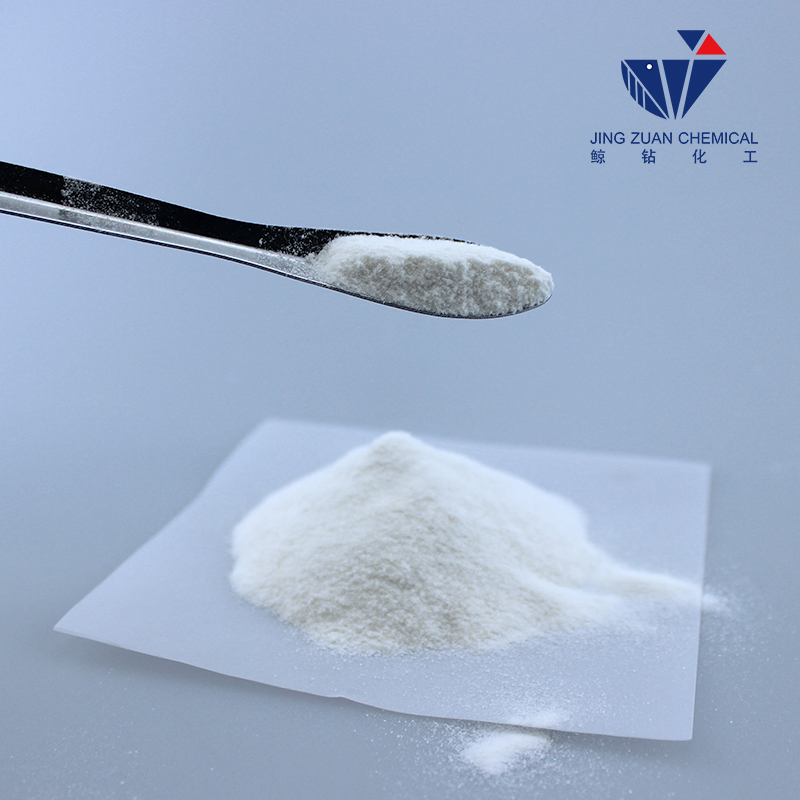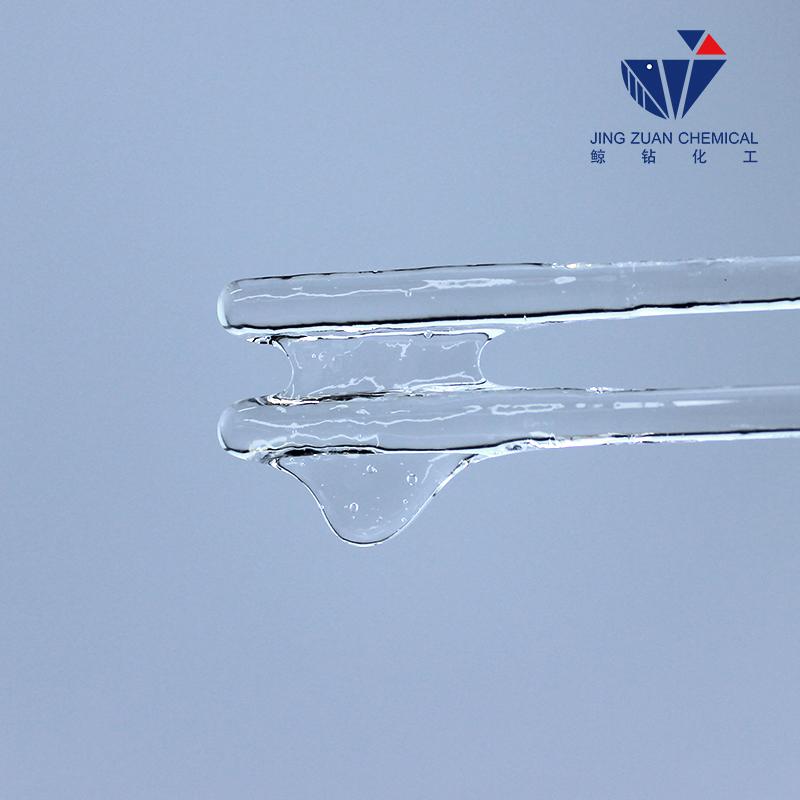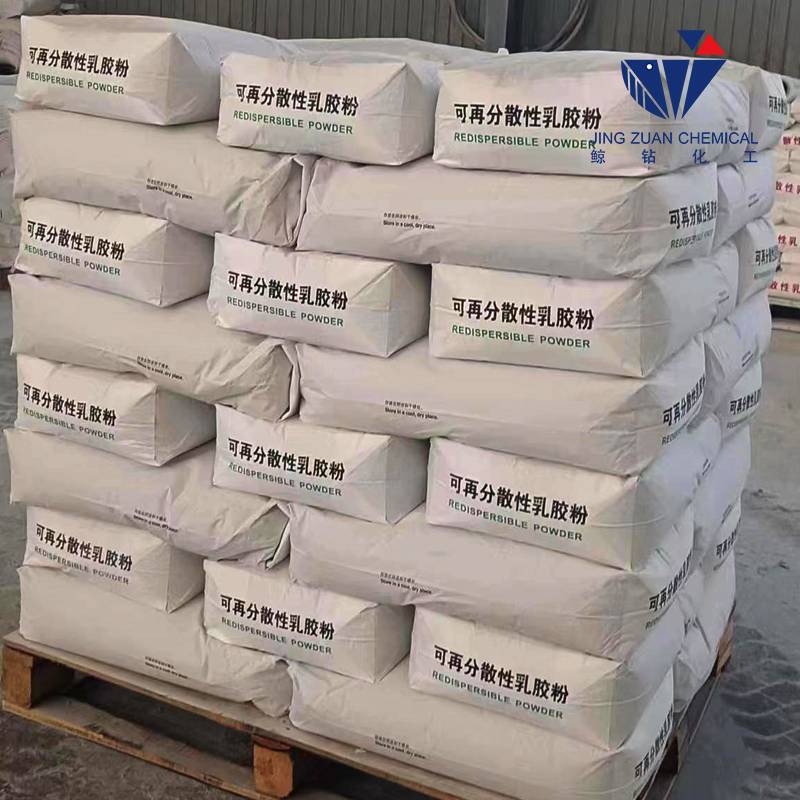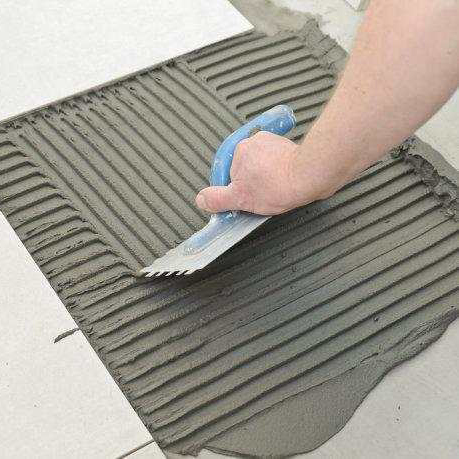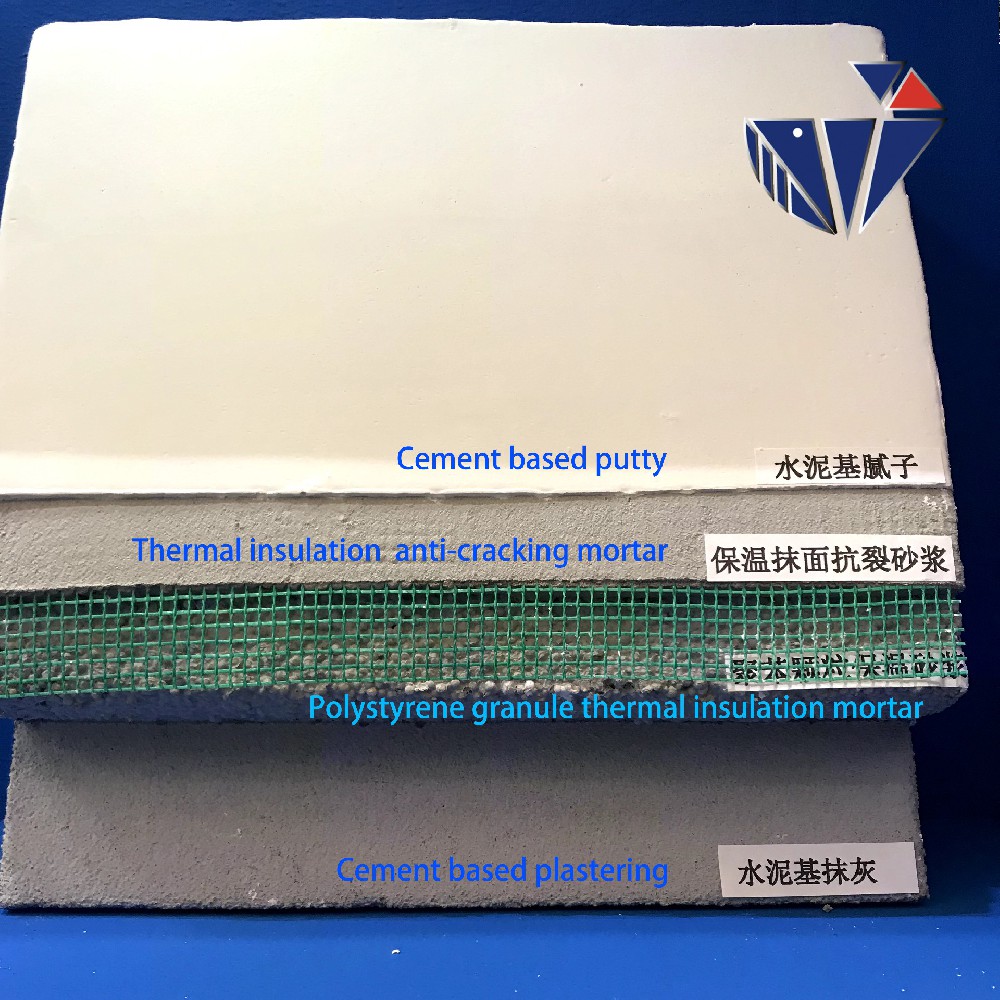
أغسطس . 01, 2024 01:51 Back to list
Evaluating the Cold Water Solubility of HPMC for Pharmaceutical and Cosmetic Applications
Solubility of HPMC in Cold Water
Hydroxypropyl methylcellulose (HPMC) is a widely used polymer derived from cellulose that finds extensive applications in various industries, including pharmaceuticals, food, construction, and cosmetics. One of the most crucial properties of HPMC is its solubility in water, particularly in cold water. Understanding the solubility characteristics of HPMC can significantly affect its functionality in different formulations.
HPMC is known for its excellent film-forming properties, viscosity, and adhesive qualities, which make it an ideal candidate for use in thickening agents, emulsifiers, and binders. Unlike many other cellulose derivatives, HPMC is soluble in cold water, making it particularly versatile. The solubility of HPMC in cold water is influenced by several factors, including the degree of substitution, molecular weight, and temperature.
Solubility of HPMC in Cold Water
In addition to the degree of substitution, the molecular weight of HPMC also plays a significant role in its solubility profile. Lower molecular weight derivatives tend to dissolve faster than their higher molecular weight counterparts. However, higher molecular weight HPMC offers greater viscosity, which can be beneficial in applications requiring thicker solutions. As such, formulators must balance the desired viscosity and the rate of solubility based on the intended application.
hpmc solubility in cold water

Temperature is another critical factor that impacts the solubility of HPMC in cold water. While HPMC can dissolve in cold water, the solubility can be further enhanced by allowing the solution to reach a slightly elevated temperature without boiling. This process helps in reducing the viscosity initially and facilitates the mixing of HPMC into the water. However, when formulating, it is essential to consider that prolonged exposure to high temperatures can lead to the degradation of the polymer, adversely affecting its properties.
The method of dispersing HPMC into cold water is also vital. It is recommended to sprinkle HPMC powder steadily into the water while stirring vigorously to avoid clumping and ensure uniform dispersion. This method helps achieve a smooth solution, which is essential for applications such as drug delivery systems, where a uniform consistency is crucial for effective dosing.
In pharmaceutical applications, the solubility of HPMC in cold water is beneficial for creating controlled-release formulations. HPMC's ability to swell in water and form a gel-like consistency allows for the gradual release of active pharmaceutical ingredients. This property is particularly advantageous in developing oral and transdermal drug delivery systems, where controlled release is critical for therapeutic efficacy.
In the food industry, HPMC is often used as a thickening and emulsifying agent due to its solubility and viscosity attributes. It enhances the texture and stability of various food products, including sauces and dressings, by maintaining the desired consistency without significantly impacting flavor.
In conclusion, the solubility of HPMC in cold water is a property that underpins its utility across numerous applications. Factors such as the degree of substitution, molecular weight, temperature, and dispersion methods all play critical roles in determining how effectively HPMC can be utilized in various formulations. As research continues to explore the functional versatility of HPMC, its importance in modern industry remains undeniably significant.
-
Versatile Hpmc Uses in Different Industries
NewsJun.19,2025
-
Redispersible Powder's Role in Enhancing Durability of Construction Products
NewsJun.19,2025
-
Hydroxyethyl Cellulose Applications Driving Green Industrial Processes
NewsJun.19,2025
-
Exploring Different Redispersible Polymer Powder
NewsJun.19,2025
-
Choosing the Right Mortar Bonding Agent
NewsJun.19,2025
-
Applications and Significance of China Hpmc in Modern Industries
NewsJun.19,2025

